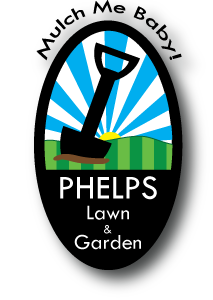Get Excited!

Ready to garden but not sure where to begin?
You’ve come to the right place! Follow along as we show you step-by-step how to get your garden good, green and growing strong. With a healthy start on the growing season, your plants will supply you with an endless stream of gorgeous, good-sized, deliciously healthy produce.
Plant What You’ll Eat
First on the list of things to do: choose a list of delectable vegetables you would love to grow. Focus on what you like to eat, not what you think you can grow. While the variety and color a bunch of different vegetables may add to your garden’s appearance, they’ll ruin the affect when left withering on the vine because no one cared enough to harvest them.
It happens. Imagine you’re in the garden, short on time – what are you going to harvest? Your favorites, that’s what. So, choose your seeds wisely.
The Perfect Location
Next, you must determine a spot for this wonderful new adventure of yours. Depending on where you live, you’ll need a sunny spot for your garden. I say “depending on where you live,” because despite conventional wisdom, I’ve learned from experience that a little shade break during the afternoon in a hot sunny climate tends to do more good than harm. I learned this in a school garden of all places.
Why is this? Because too much sun can quickly deplete your soil of moisture, burn your plant’s leaves, and generally stress its entire system. Sure, you watered it for an hour this morning, but in places like Florida and Texas where the sun shines hot and the clouds float dry, by 3:00pm your plants are acting as if they’d forgotten that they received their daily dose of water.
To Raise Or Not To Raise
Next, you’ll want to determine whether your beds will be in-ground or above-ground.
Raised beds in landscape planters are lovely and can serve to ease the pain in your back, but they require construction.
In-ground gardens require a bit of construction as well, albeit more of the “weed-tearing” and “bed-building” kind. This can be back-breaking, too, if you’re not careful, so be smart – kill the grass before you begin. Roots tend to loose their grip when dead.
Dirt’s The Word
Another consideration when deciding between the two is dirt. Planters need to be filled with the stuff, while in-ground gardens obviously come fully stocked. Veggies like it soft, yet dense, with good moisture retention and a rich organic lining. They also prefer a nice deep cushion of 8-12 inches, ensuring their roots have plenty of space to spread out and spread deep.
One more bit of dirt advice: never accept any old dirt for your vegetable beds! Stale dirt satisfies no one but the ants. Plants need nutrient-rich dirt like compost (or composted manure). Additionally, soil plays host to earthworms and their poop. This stuff is rich in nitrogen, and plants love nitrogen.
Final Few Touches
Whatever you do, don’t skimp on the mulch. Once you have sprouts, you’ll need it to keep the weeds to a manageable level no matter which method of gardening you choose.
Organic mulch serves a dual benefit; it prevents weeds, and it eventually becomes a source of nutrients for your plants as it breaks down into the soil.
And, make sure you have a water source nearby, too!
